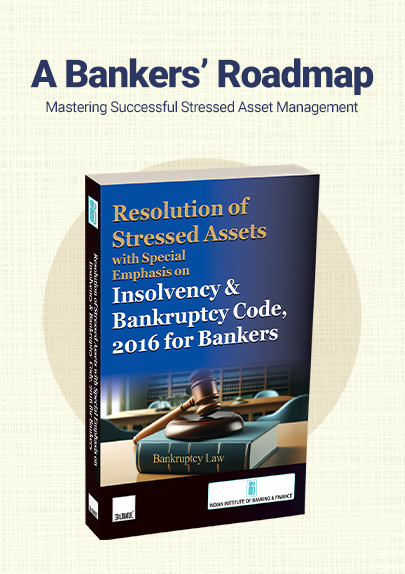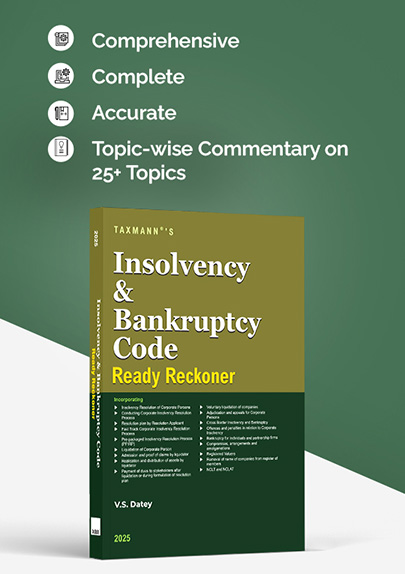SEBI Amends LODR Regulations, 2015; Raises Threshold for ‘High-Value Debt Listed Entities’ to Rs 1,000 Crore
- Blog|News|Company Law|
- 2 Min Read
- By Taxmann
- |
- Last Updated on 30 March, 2025
Notification No. F. No. SEBI/LAD-NRO/GN/2025/239; Dated: 27.03.2025
The Securities and Exchange Board of India has introduced significant amendments to the SEBI (Listing Obligations and Disclosure Requirements) Regulations, 2015. These changes aim to strengthen corporate governance, enhance transparency, and enforce stricter compliance norms, with a special focus on High-value debt-listed entities (HVDLEs).
Further, the SEBI has significantly expanded the compliance framework for SME-listed entities by making Regulation 23 of the LODR Regulations, which governs “Related Party Transactions,” applicable to them. Regulation 23 shall apply to a listed entity that has listed its specified securities on the SME Exchange and has either a paid-up equity share capital exceeding Rs 10 crore or a net worth exceeding Rs 25 crore, as on the last day of the previous financial year. Once an SME entity crosses either of these thresholds, it is required to adhere to RPT compliance norms within six months.
Further, SEBI has also introduced stricter governance rules for High-Value Debt Listed Entities (HVDLEs). A High-Value Debt Listed Entity (HVDLE) refers to a listed entity that has only non-convertible debt securities listed with an outstanding value of Rs 1000 Crore and above and does not have any listed specified securities.
If the value of outstanding listed non-convertible debt securities equals or exceeds Rs. 1,000 crore during a financial year, the entity must comply with the provisions within six months from the trigger date. Additionally, disclosures regarding such compliance may be included in the corporate governance compliance report. This move aims to enhance governance and transparency for HVDLEs.
Click Here To Read The Full Notification
Disclaimer: The content/information published on the website is only for general information of the user and shall not be construed as legal advice. While the Taxmann has exercised reasonable efforts to ensure the veracity of information/content published, Taxmann shall be under no liability in any manner whatsoever for incorrect information, if any.

Taxmann Publications has a dedicated in-house Research & Editorial Team. This team consists of a team of Chartered Accountants, Company Secretaries, and Lawyers. This team works under the guidance and supervision of editor-in-chief Mr Rakesh Bhargava.
The Research and Editorial Team is responsible for developing reliable and accurate content for the readers. The team follows the six-sigma approach to achieve the benchmark of zero error in its publications and research platforms. The team ensures that the following publication guidelines are thoroughly followed while developing the content:
- The statutory material is obtained only from the authorized and reliable sources
- All the latest developments in the judicial and legislative fields are covered
- Prepare the analytical write-ups on current, controversial, and important issues to help the readers to understand the concept and its implications
- Every content published by Taxmann is complete, accurate and lucid
- All evidence-based statements are supported with proper reference to Section, Circular No., Notification No. or citations
- The golden rules of grammar, style and consistency are thoroughly followed
- Font and size that’s easy to read and remain consistent across all imprint and digital publications are applied






 CA | CS | CMA
CA | CS | CMA


